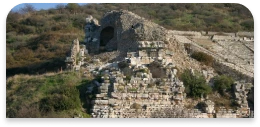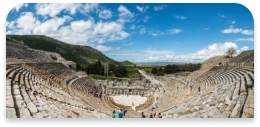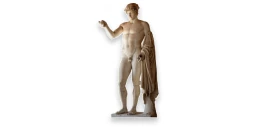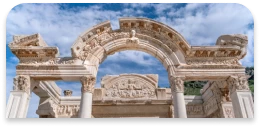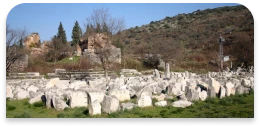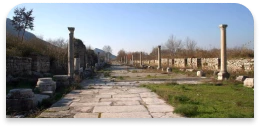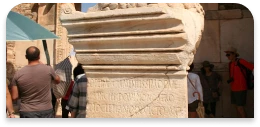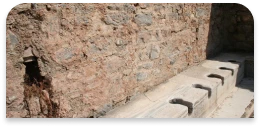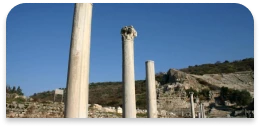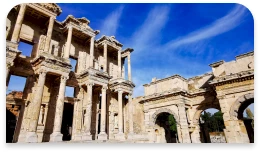East Gymnasium
What is a gymsaium?
In the Ancient Greek World, gymnasiums were served as education centers that were used for physical exercises and athletic activities which was very important for young males.
Over time, they turned into schools for intellectual purposes and they were started to be used as meeting halls where philosophical discussions were made.
In the Hellenistic Period, gymnasia became highly standardized both in architecture and function and continued their important role in a young male's physical and general education. They became a common feature across the Greek world and were adopted and adapted by the later Romans, eventually evolving into the huge multi-purpose complex that was the Roman baths.
The author tries to investigate the function of the gymnasium, undoubtedly a fundamental institution of the Hellenistic world (336-30 B.C.). In Hellenistic times it played a very important role also as educational centre and as an instrument of socializing and integration in the cultural life. The “men of the gymnasium” represented the leading social groups in the old and new polis of the Hellenistic oikoumene. In this context it would not be strange to find the emergence of a new concept of the paideia as a specially pleasant activity.
This building was actually a bath-gymnasium complex, erected in about the 2C AD.
It lay immediately north of the Magnesian Gate. There was a lecture hall (palaestra) at the entrance. During the excavations, the statues of healing god Asclepius, Aphrodite, Dionysus, Hygeia, Pan were found enriching here. They are in Izmir Archaeology Museum today.
There were enormous bathing halls in the centre of the structure, surrounded on three sides by vaulted halls for physical exercise, games and for strolling after the bath.
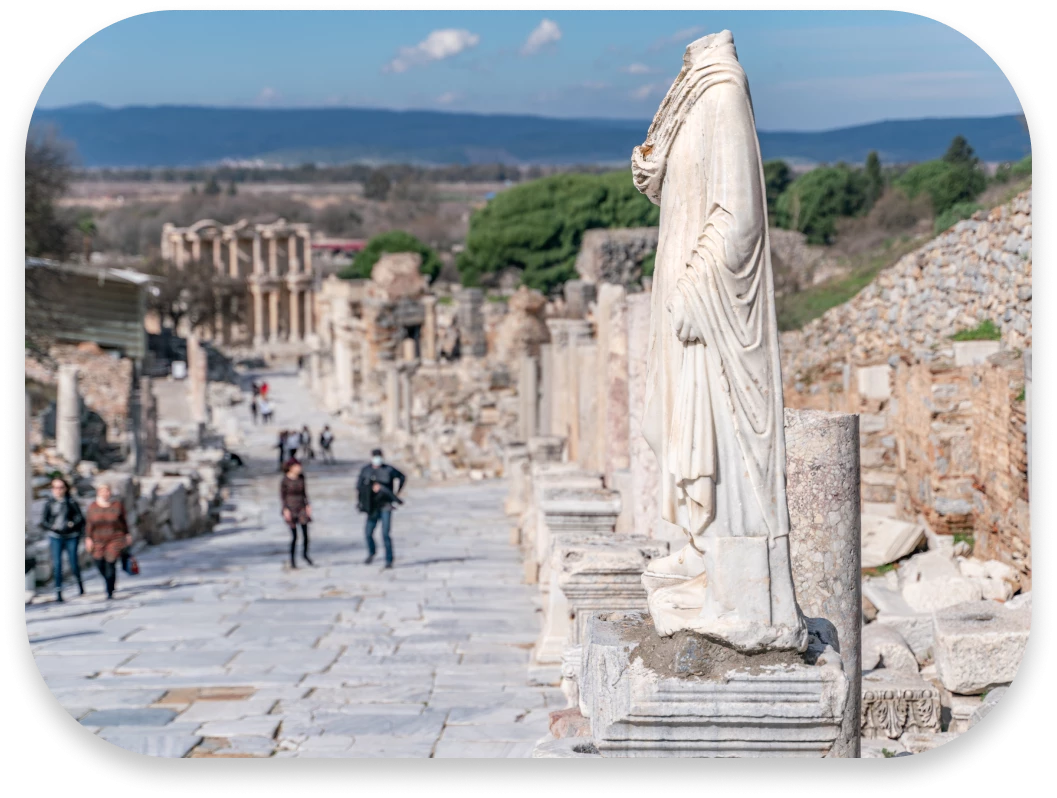
Private Ephesus Tour
%100 satisfaction guarantee

